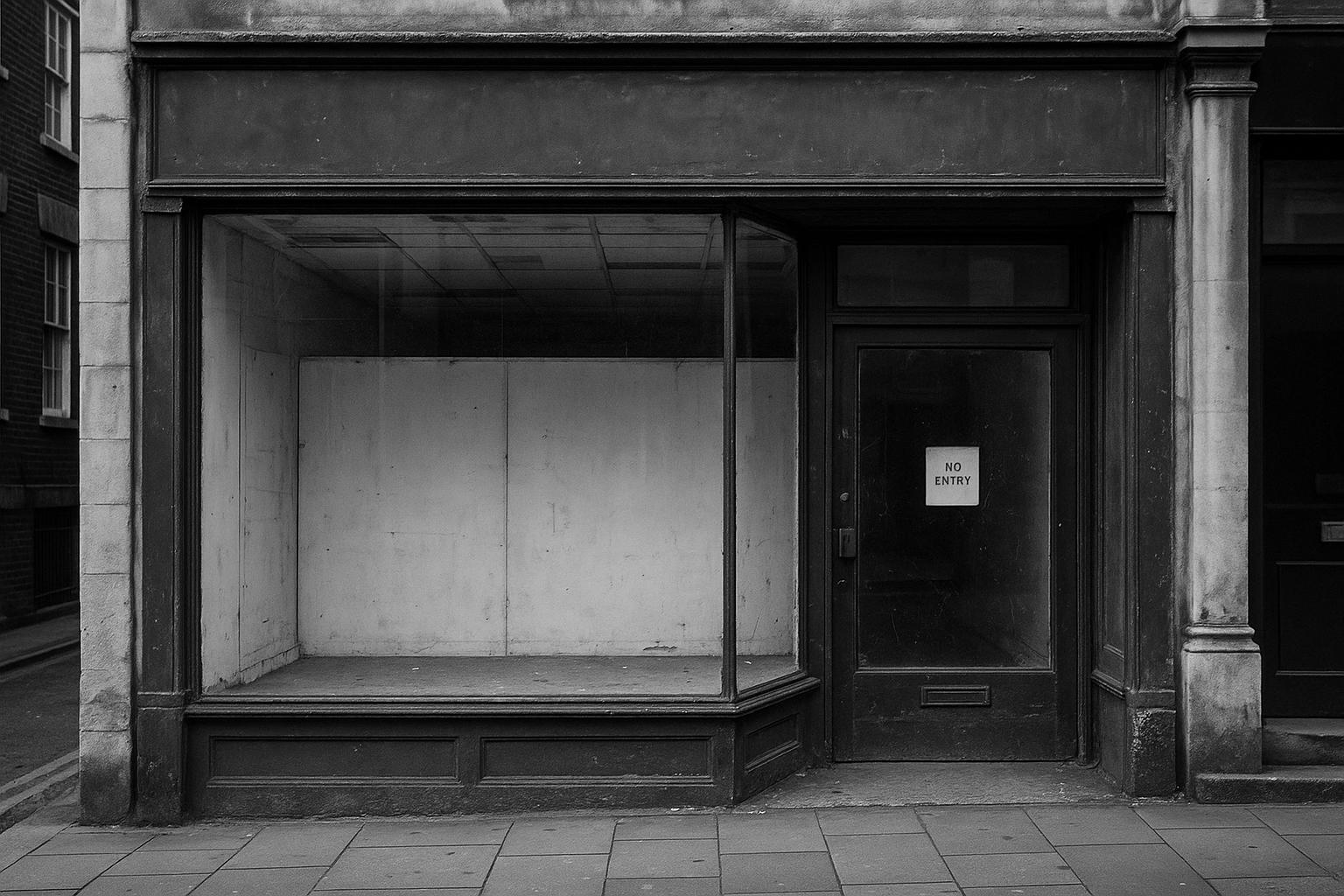High street shoppers in the UK face continued waves of store closures as several prominent retail brands scale back their physical presence amid ongoing economic pressures. The trend reflects broader challenges ranging from rising operational costs to shifts in consumer behaviour, prompting well-known names such as Poundland, New Look, Claire's, and pub chain Wetherspoons to shutter numerous locations in the coming months.
Poundland, a popular discount retailer known for its bargain deals, has embarked on a substantial restructuring plan following its acquisition by Gordon Brothers from Pepco Group earlier this year. The new ownership marked a pivotal moment as it committed £80 million to revitalise the business. Despite these efforts, the company is set to reduce its store count from roughly 800 to between 650 and 700 outlets across the UK and Ireland. Recent months have seen the closure of around 60 stores, with more scheduled for November, including the Sidcup branch. Customers can currently benefit from clearance discounts of up to 40%. The retailer is also ceasing frozen food sales and shrinking its chilled food range while emphasizing a shift toward expanding its womenswear range and converting its online platform to focus on branding. Poundland's managing director Barry Williams described the closures as a difficult but necessary move to ensure the company’s long-term sustainability, noting that the restructuring plan aims to safeguard thousands of jobs and stabilise operations.
Fashion retailer New Look is also trimming its store portfolio, planning to close approximately 11 more locations before the end of the year. One confirmed closure is the Lewes store in Sussex, set for November 8, as the brand seeks to adjust amid rising costs, including National Insurance increases. A New Look spokesperson expressed gratitude to colleagues and local communities while encouraging shoppers to transition to their online store, where the full product range remains accessible. This downsizing follows a broader strategy in which the company has already shut nine outlets earlier this year and intends to close around 100 stores in total due to economic headwinds.
Accessory retailer Claire’s, having entered administration in September, anticipates the closure of about 145 stores. Though exact closure dates have yet to be announced, many are expected to shutter towards late November and throughout December. Claire’s is currently running clearance sales offering discounts up to 30% as part of its winding-down strategy.
Other independent and regional retailers are also feeling the pinch. Ann’s Cottage, a long-standing surf shop in Falmouth, Cornwall, will close its doors on November 9 after decades in business. A notice displayed at the store conveyed deep thanks to loyal customers and staff, highlighting the emotional impact of the closure. Similarly, Quality Discount, a Norwich-based retailer that originated in Anglia Square before expanding nationally, will permanently shut its Norwich store due to the area’s redevelopment and resulting parking shortages. The company lamented losing its flagship location but acknowledged the anticipated transformation of the local area and expressed hope for future renewal.
The food and drink sector is not immune from this consolidation trend. Wetherspoons has announced multiple pub closures across the UK, including The Water Gate in Barnstaple, Devon, and Baxter's Court in Hackney, London, both closing in November. These closures come after six pubs were put up for sale by the chain in June. Wetherspoons customers have expressed disappointment, especially in London, where pubs of this kind are less common. Despite these closures, the group remains active in expansion, having recently signed a franchise agreement with The Papas Group to open 15 new pubs, including a venue in Lincoln.
The wave of closures across retail and hospitality reflects the ongoing economic difficulties facing UK high streets. Rising operational costs, changing consumer habits accelerated by the growth of online shopping, and broader inflationary pressures continue to reshape the landscape. While these measures represent difficult decisions for the companies involved, they are ultimately aimed at ensuring longer-term viability amid a more competitive and financially constrained environment.
📌 Reference Map:
- Paragraph 1 – [1] (Express)
- Paragraph 2 – [2] (Reuters), [3] (Evening Standard), [4] (Evening Standard)
- Paragraph 3 – [1] (Express)
- Paragraph 4 – [1] (Express)
- Paragraph 5 – [1] (Express)
- Paragraph 6 – [1] (Express)
- Paragraph 7 – [1] (Express)
Source: Noah Wire Services
